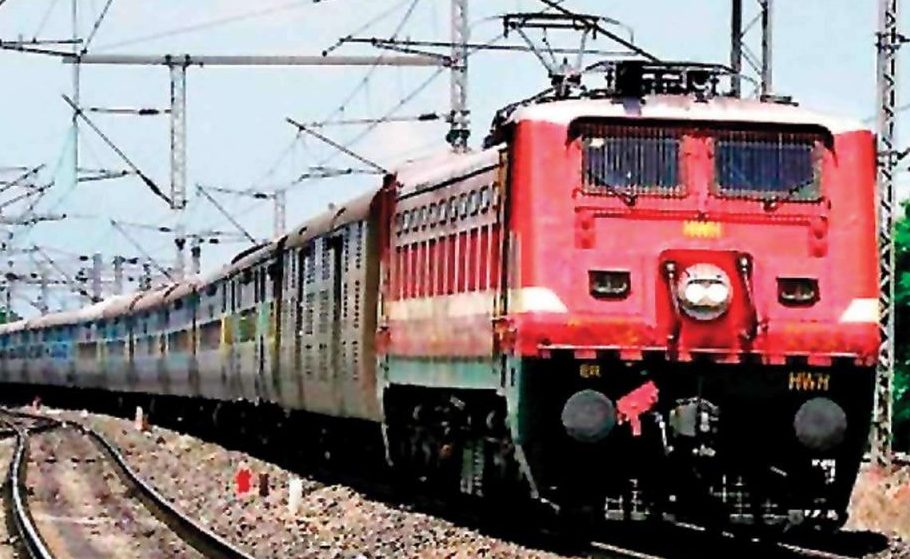Bhubaneswar: Every day we get to hear and see human beings and animals being run over by trains at level crossings. So automatically, the question that comes to mind is why the loco pilot fails to apply brakes to avoid the mishap. But it is not the loco pilot who is to be blamed for such accidents. There are some unavoidable factors that are responsible for the accidents.
Lets us understand these factors.
When we drive a bike or drive a car and need to brake, a minimum distance is required. However, the distance required is not much and the driver is easily able to apply the brake.
In case of trains that run at a speed of 90 to 100kmph, the minimum breaking distance is much more than what is required for cars or two wheelers. So at times it is impossible to avoid accidents.
This apart, the topography of that particular area also plays an important role in applying brakes to the train. At times, the loco pilot may not be able to see a living object on the tracks due to the lay of the land or even due to clouds and fog.
Hard breaking is avoided in case of trains. Like in aircraft, there are no seat belts in trains. Hard breaking may lead to injury of passengers. Also the sudden application of brakes may lead to the derailment of the engine and bogeys.
These are the reasons why loco pilots at times are not able to avoid accidents on railway tracks.
PNN
